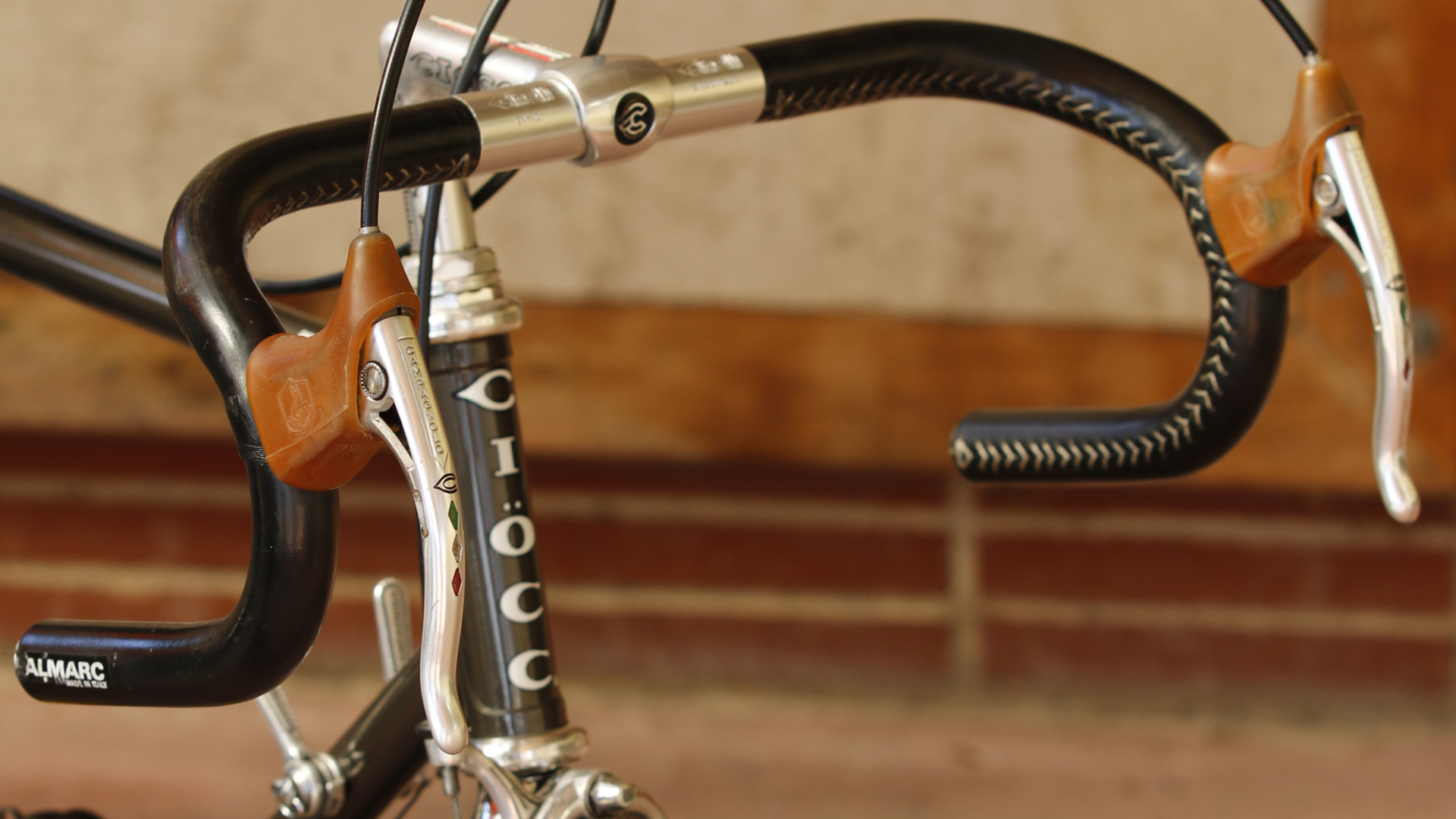We were deeply saddened to hear of the recent passing of Doug “The Bullet” Shapiro, a pioneer in American road racing.
Born in 1959, Shapiro began competing in road racing at age thirteen, and quickly proved himself as a formidable talent. In 1980, he qualified for the U.S. Olympic team, but he and his teammates were unable to compete due to the U.S. boycott of the Moscow Games. In recognition of this, he was awarded a Congressional Gold Medal.
In 1984, Shapiro had a defining year in his career. Riding for the 7-Eleven team, he won the Coors Classic, one of the biggest stage races outside of Europe, beating Andy Hampsten and Jeff Pierce. Later that same year, he was selected as a member of the 1984 American Olympic team.
In 1985, Shapiro made history once again when he became the third American to compete in and finish the Tour de France, racing with the Kwantum Hallen team. At the time, the Tour was still largely dominated by European riders, and American participation was minimal. Shapiro’s ability to endure the grueling three-week race, battling through the Pyrenees and Alps against European veterans, showed that American cyclists could compete at the highest level. His participation helped lay the groundwork for future American success in the Grand Tours, following in the footsteps of Jonathan Boyer and Greg LeMond.
Shapiro continued to race professionally until 1989, finishing his career with the Coors Light team. Even after stepping away from professional racing, Shapiro remained dedicated to the sport, working as an expert witness in bicycle accident litigation, ensuring fair representation for cyclists.
In recognition of his contributions to the sport, Shapiro was inducted into the Cycling Hall of Fame in 1997 as part of the historic 7-Eleven Cycling Team that competed in the 1986 Tour de France. Additionally, in 1999, he was honored by being inducted into the Jewish Sports Hall of Fame, recognizing his role as one of the most accomplished Jewish-American cyclists in history. These honors acknowledged not just his racing accomplishments but also his broader influence on the cycling community. Through his work, he helped grow the sport and left a legacy that extends far beyond his own results on the road.
Gallery photos are of Doug in the 1988 Coors Classic (photo credit: James Mason).



One Response
Thank you ❤️